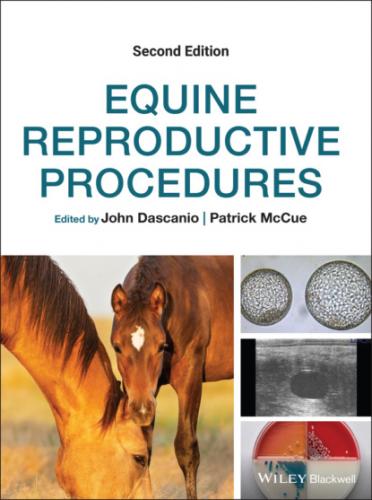Figure 3.5 Tail wrap using a sock and secured with medical tape.
Figure 3.6 Tail wrap using a plastic bag and secured with rubber tubing and a clamp. An extra clamp is shown above the tail.
Figure 3.7 Wrapped tail held out of the way using an elastic cord.
Washing Perineum Technique
Feces should be evacuated from the rectum prior to washing the perineum.
The perineum is usually washed using one of two techniques: a bucket technique or a water hose technique.
The bucket technique requires a clean bucket with a disposable liner. A small clean garbage bag works as a liner (Figure 3.8). The liner can be filled with warm water and the top tied to prevent spillage when carrying or to prevent dirt and dust from blowing into the water in a barn environment (Figure 3.9). When ready to use, simply open the plastic bag over the bucket. This also provides some biosecurity, with a new disposable liner used between horses or farms. The classic “clean hand, dirty hand” technique is used to wash the mare. Handfuls of loose cotton are placed into the bucket of water. The person washing the mare wears disposable examination gloves. The “clean” hand retrieves a piece of cotton and holds it away from the bucket over the “dirty” hand and allows the water to drip over the “dirty” hand. The “dirty” hand is massaged under the water flow to clean it of any dirt or debris. The cotton piece is then dropped from the “clean” hand into the “dirty” hand. The “dirty” hand is then used to wash the mare’s perineum using concentric circles going outward from the vulva. A mild detergent may be used to help remove smegma and organic debris. The perineum is successively washed until the cotton washing the vulva appears clean after performing the wash. Typically three to four wash/rinse cycles are needed for the average mare. It is important to insure that all soap is rinsed from the perineum.
Figure 3.8 Bucket with liner to provide clean water for washing mares. All materials are disposed of between horses.
Figure 3.9 Bucket with liner closed to prevent dirt from contaminating water or to prevent water spillage when walking quickly with the bucket.
The water hose technique is less labor intensive and involves fewer materials than the bucket technique and works well where there are stationary horse stocks. A gentle stream of water or a shower‐type water nozzle should be used. Disposable examination gloves are placed on the hands and the perineum is rinsed with water to remove any gross debris. A mild detergent soap is placed directly on the labia or is placed on the back of the hand. The back of the hand and knuckles are used to vigorously scrub the perineum, using concentric circles going outward from the vulva (Figure 3.10). The gloved hand used to wash the mare is rinsed with the water hose. When rinsing the perineum with the water hose, the back of the hand/fingers may be used to help remove soap residue (Figure 3.11). The perineum is scrubbed until clean, usually involving three to four wash/rinse cycles.
Figure 3.10 Washing the perineum with a gloved hand.
Figure 3.11 Rinsing the perineum with a gloved hand and a gentle shower spray. Note Velcro®/neoprene tail wrap.
Once the mare has been cleaned adequately, a final wetted cotton piece is squeezed to remove most of the water and the lips of the vulva are separated. The cotton piece is then swiped from the dorsal to the ventral commissure just inside the mucosa to remove any debris that wicked in between the labia. This is done usually only once so as to avoid trauma to the mucosa. The perineum is dried with a clean paper towel in the same outward concentric pattern used to wash the mare.
Interpretation
When washing the mare, care should be taken so that water running down the back legs does not cause the mare to kick outward.
A disinfectant soap should not be routinely used in order to prevent killing normal skin flora and to prevent overgrowth of a pathogenic bacteria. A disinfectant soap may be used for surgical procedures.
The perineum should be scrubbed from the labia to 15–30 cm outward from the labia so that if the mare moves when entering the vulva with a gloved arm, the gloved arm will remain clean.
4 Placement of a Tail Rope
John J. Dascanio
School of Veterinary Medicine, Texas Tech University, USA
Introduction
The mare’s tail is often tied to the side to keep it from interfering with access to the rectum or reproductive tract. Horse tail hairs can be very abrasive to mucosal tissue or can lead to bacterial contamination from dirt/fecal contamination. In most cases the mare’s tail should be tied to her body so that if she were to fall down or jump out of stocks, the tail would not be injured. If the tail is tied to a rigid structure, such as the stocks, it should be tied with an elastic cord that is attached to a lightweight piece of twine that would break when significant tension is placed on it.
Equipment and Supplies
Tail rope equal to 2× the length of the mare, bungee cord, tail wrap, twine.
Technique for Tying a Tail Rope
Being
